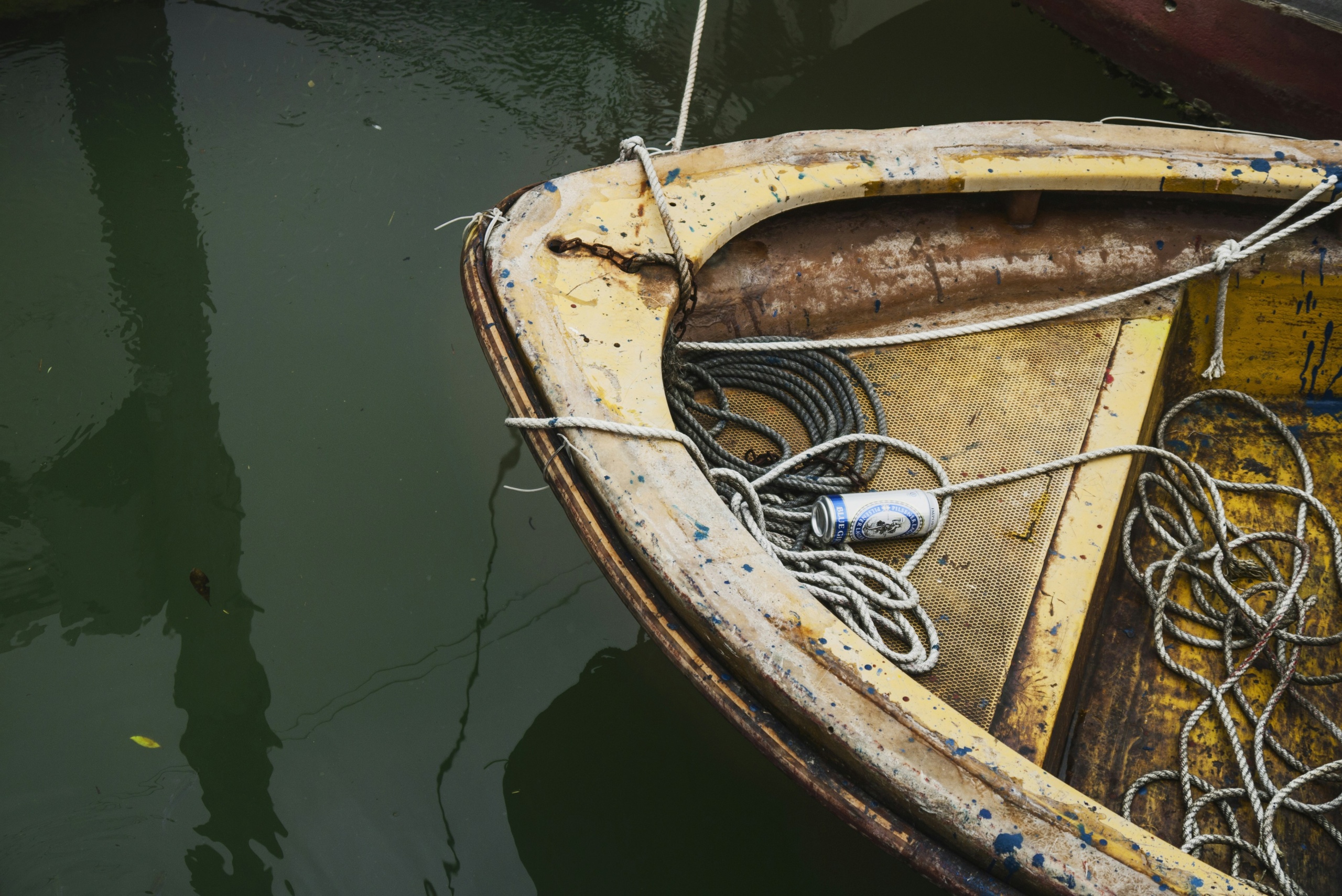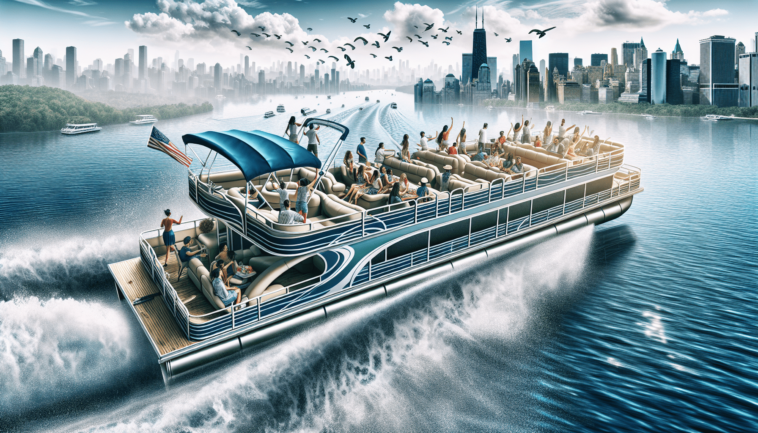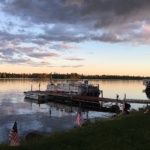If you’re considering renting or purchasing a double decker pontoon boat for your next boating adventure, you may be wondering about any restrictions that come with it. From weight limits to height restrictions, there are certain guidelines and regulations that you’ll need to be aware of before hitting the water. Understanding these restrictions will ensure a safe and enjoyable experience for you and your passengers. Are there any restrictions on the use of a double decker pontoon boat?

Understanding Double Decker Pontoon Boats
Double decker pontoon boats are unique watercraft that feature two levels for passengers to enjoy the water. These boats are popular for their spacious design and ability to provide a great view of the surroundings from the upper deck. Before you embark on your adventures with a double decker pontoon boat, it’s important to understand any restrictions that may apply to ensure your safety and compliance with regulations.
What Makes Double Decker Pontoon Boats Different?
Double decker pontoon boats are distinguishable from traditional pontoon boats due to their two-level design. The upper deck is usually accessed by a ladder and offers a higher vantage point for passengers to enjoy the views while cruising on the water. These boats often have amenities such as water slides, lounge seating, and sun pads, making them a popular choice for parties and gatherings on the water.
Restrictions on Use
While double decker pontoon boats offer a unique experience for boaters, there are certain restrictions that may apply to ensure safety and compliance with regulations. These restrictions vary depending on the location and the specific characteristics of the boat. It’s essential to be aware of these restrictions to avoid any accidents or legal issues while operating a double decker pontoon boat.
Size Limits
One common restriction on the use of double decker pontoon boats is size limits imposed by local authorities. These limits may include the overall length, width, and height of the boat. The size restrictions are in place to ensure that the boat can safely navigate waterways and docks without causing obstructions or hazards to other boaters.
Passenger Capacity
Another important restriction to consider is the passenger capacity of the double decker pontoon boat. Each boat is designed to accommodate a specific number of passengers safely. Exceeding this capacity can lead to instability, making the boat prone to capsizing or other accidents. It’s crucial to adhere to the manufacturer’s recommendations for passenger capacity when using a double decker pontoon boat.
Speed Limits
Speed limits may also apply to double decker pontoon boats, depending on the location and local regulations. These limits are in place to ensure the safety of passengers and other boaters on the water. Exceeding the speed limits can increase the risk of collisions, especially in crowded waterways or near docks. It’s important to obey the speed limits and operate the boat at a safe and responsible speed.
Age Restrictions
Some jurisdictions may impose age restrictions on the operation of double decker pontoon boats. These restrictions typically require that operators be of a certain age to legally operate the boat. This is to ensure that those operating the boat have the necessary skills and experience to navigate the water safely. It’s essential to check the local regulations regarding age restrictions before operating a double decker pontoon boat.
Safety Equipment Requirements
To ensure the safety of passengers and comply with regulations, double decker pontoon boats are typically required to have certain safety equipment on board. These requirements are in place to mitigate risks and respond to emergencies effectively. It’s important to familiarize yourself with the safety equipment requirements for double decker pontoon boats to ensure a safe and enjoyable boating experience.
Life Jackets
One of the essential safety equipment requirements for double decker pontoon boats is the presence of an adequate number of life jackets on board. Life jackets are designed to keep passengers afloat in the water in case of emergencies such as capsizing or falling overboard. It’s important to ensure that there are enough properly sized life jackets for all passengers on board the boat.
Fire Extinguishers
Fire extinguishers are another crucial safety equipment requirement for double decker pontoon boats. These extinguishers are used to suppress fires that may occur on the boat due to various reasons such as electrical malfunctions or fuel leaks. It’s essential to have functioning fire extinguishers readily accessible on the boat and know how to operate them in case of a fire emergency.
First Aid Kit
A well-stocked first aid kit is an important safety equipment requirement for double decker pontoon boats. The first aid kit should contain essential supplies such as bandages, antiseptic wipes, pain relievers, and other items for treating minor injuries or illnesses that may occur on the boat. It’s essential to have a first aid kit onboard and know how to use its contents in case of medical emergencies.
Environmental Regulations
In addition to safety equipment requirements, double decker pontoon boats are subject to certain environmental regulations to protect the waterways and surrounding ecosystems. These regulations are designed to minimize the impact of boating activities on the environment and ensure sustainable use of natural resources. It’s important to be aware of and comply with these regulations when operating a double decker pontoon boat.
Fuel Spill Prevention
One of the key environmental regulations for double decker pontoon boats is the prevention of fuel spills into the water. Fuel spills can have detrimental effects on water quality and aquatic life, leading to pollution and environmental damage. It’s essential to properly store and handle fuel on the boat to minimize the risk of spills and contamination of the waterways.
Waste Disposal
Proper waste disposal is another important environmental regulation for double decker pontoon boats. It’s crucial to dispose of trash, sewage, and other waste materials responsibly to prevent pollution of the water. Many waterways have designated waste disposal facilities or regulations for boaters to follow when disposing of waste from their boats. It’s important to adhere to these regulations to protect the environment and preserve the natural beauty of the waterways.
Navigational Restrictions
Navigational restrictions may also apply to the use of double decker pontoon boats to ensure the safe and efficient movement of watercraft on the water. These restrictions are in place to prevent collisions, maintain order on the waterways, and protect the safety of boaters. It’s important to be aware of and comply with navigational restrictions when operating a double decker pontoon boat to avoid accidents and conflicts with other boaters.
Right of Way
Understanding right of way rules is essential for safe navigation when operating a double decker pontoon boat. These rules dictate which boat has the right of way in various situations such as crossing paths, meeting head-on, or overtaking other boats. By following right of way rules, boaters can avoid collisions and navigate the waterways safely. It’s important to be familiar with and respect the right of way rules to prevent accidents and promote boating safety.
Speed Restrictions
Speed restrictions may be imposed in certain areas to control the speed of watercraft, including double decker pontoon boats. These restrictions are in place to prevent accidents, protect sensitive habitats, and ensure the safety of boaters and wildlife. It’s crucial to obey speed restrictions and operate the boat at a safe and responsible speed to avoid collisions and hazards on the water.
No-Wake Zones
No-wake zones are designated areas where boats must operate at low speeds to minimize the disruption of the water and protect shorelines, wildlife, and other boaters. Double decker pontoon boats are typically required to observe no-wake zones to prevent erosion, maintain water quality, and ensure the safety and enjoyment of other boaters in the area. It’s important to navigate through no-wake zones cautiously and comply with the speed limits to respect the environment and other boaters.
Conclusion
While double decker pontoon boats offer a fun and unique way to enjoy the water, there are certain restrictions that may apply to ensure safety, compliance with regulations, and environmental protection. By understanding and adhering to these restrictions, you can have a safe and enjoyable boating experience on a double decker pontoon boat. Remember to familiarize yourself with the rules and regulations in your area, equip your boat with the necessary safety equipment, and respect navigational restrictions to promote boating safety and environmental stewardship. Happy boating!







